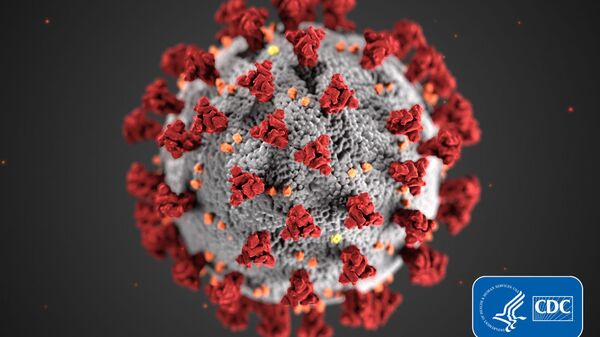The survey, which was conducted by an international team of scientists including experts from the University of Manchester and Open University, found that taller people are at a higher risk of infection by the novel coronavirus. The findings suggest that COVID-19 may also be transmitted through aerosols carried by air currents rather than exclusively through droplets, which are larger than aerosols and travel shorter distances before dropping from the air.
“The results of this survey in terms of associations between height and diagnosis suggest downward droplet transmission is not the only transmission mechanism and aerosol transmission is possible,” Professor Evan Kontopantelis of the University of Manchester said in a university news release published Monday.
“Though social distancing is still important because transmission by droplets is still likely to occur, it does suggest that mask wearing may be just as if not more effective in prevention. But also, air purification in interior spaces should be further explored,” Kontopantelis added.
The survey, which has yet to be peer reviewed, also looked into the effect of personal characteristics, circumstances and working conditions on COVID-19 transmission.
For instance, the study found that using a shared kitchen or accommodation increased the risk of contracting COVID-19 by 3.5 times and 1.7 times in the US and the UK, respectively.
The findings also showed that people with natural science degrees in the UK were less likely to get COVID-19 than their counterparts in the US, even after controlling for factors like car ownership and other socioeconomic considerations.
“Both structural and individual factors must be taken into account when predicting transmission or designing effective public health measures and messages to prevent or contain transmission,” said Rolando Gonzales Martinez, a researcher at the University of Agder in Norway, who was also involved in the study.
“But it would be helpful to have repeat observations so more could be said about changes over time,” Martinez added.



